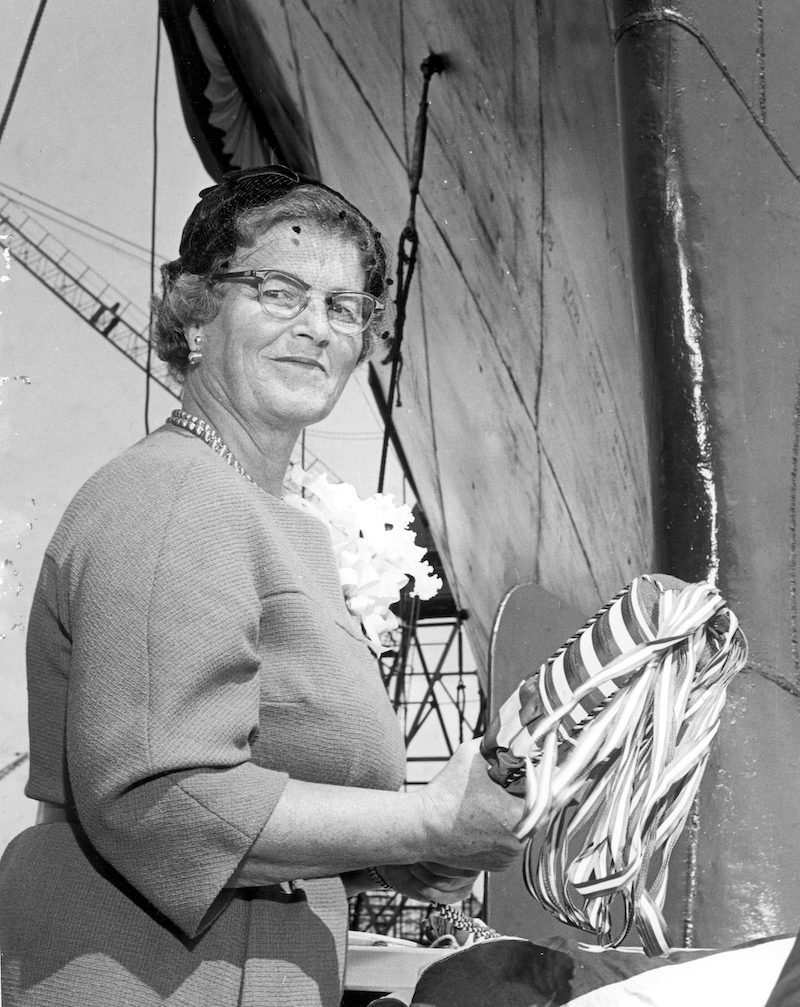Mary Sears pioneered oceanographic intelligence that revolutionized naval warfare in the Pacific during World War II and was instrumental in the U.S. victory over Japan. Her connection to WHOI began as a summer research assistant in 1932, and her legacy as a senior scientist, journal editor, and Trustee lasts to this day. But most people haven’t heard of this leading lady of oceanography.
Sears was one of the first staff members at WHOI, and a guiding force in the Institution’s development until her death in 1997. As a marine biologist, Sears is widely credited with turning the new, obscure field of oceanography into a prestigious international science. She was the founding and long-time editor of the journal Deep-Sea Research and helped to establish the journal Progress in Oceanography, while serving as editor of a number of books documenting the history of marine science. As a principal organizer of the first International Oceanographic Congress at the United Nations, she forged many important links with marine scientists around the world.
During World War II, Sears organized and led the new Oceanographic Unit of the Navy Hydrographic Office, which provided the foundation for the current Naval Oceanographic Office. As a Navy WAVE, she provided intelligence reports predicting the presence of thermoclines, or areas of the ocean where submarines could help escape detection by surface sonar. In October 2000 the US Navy named a new naval research vessel, its sixth Pathfinder-class oceanographic survey ship, the USNS Mary Sears. This was the first time in its 225 year history that the Navy named a research vessel for a woman.
In recognition of her contributions as an Ocean Pioneer, WHOI presents the Mary Sears Women Pioneers in Oceanography Award to scientists who represent Sears’ spirit of long-term achievement and impact in their field.

